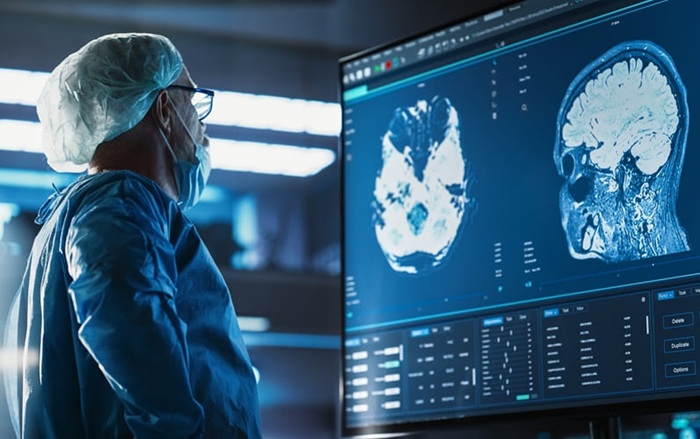Groundbreaking Flexible X-Ray Detector Paves Way for New Imaging Techniques
Posted on 07 Nov 2023
Currently available X-ray detectors are typically bulky, rigid, consume a lot of energy, and can be expensive, especially when large surface areas need to be covered. While organic semiconductors, which are substances mainly composed of carbon and hydrogen, offer a more flexible alternative, they have not been able to match the imaging clarity provided by traditional detectors. To address this issue, researchers have now developed materials that mimic human tissue, which could lead to the creation of a new class of flexible X-ray detectors with the potential for application in various areas ranging from cancer treatment to improved scanners at airports.
Scientists at the University of Surrey (Surrey, UK) have created devices based on ink by adding low quantities of high atomic number elements to an organic semiconductor. This innovation builds upon the team's prior work, resulting in a detector that more closely resembles human tissue under X-rays. The implications of this development could be significant, offering the possibility of more precise and safer methods in procedures such as radiotherapy, mammography, and general radiographic imaging.
.jpg)
“This new material is flexible, low-cost, and sensitive. But what’s exciting is that this material is tissue equivalent. This paves the way for live dosimetry, which just isn’t possible with current technology,” said Dr. Prabodhi Nanayakkara, who led the research at the University of Surrey.
Related Links:
University of Surrey






 Guided Devices.jpg)







